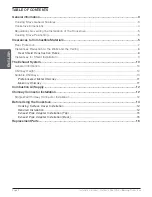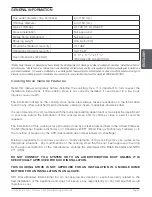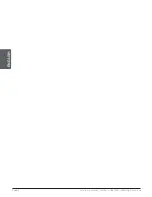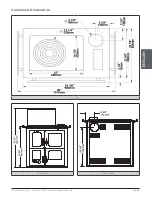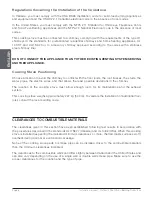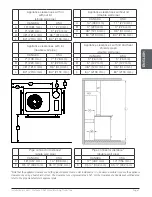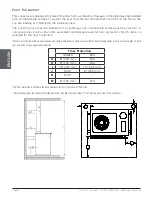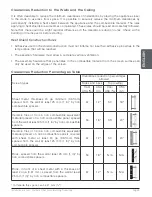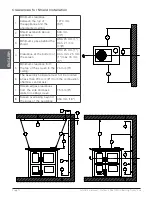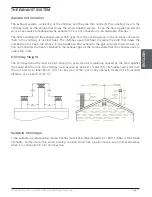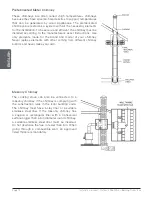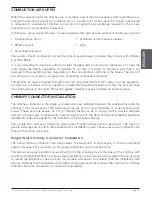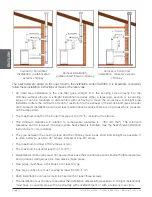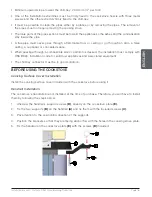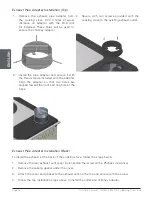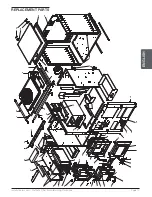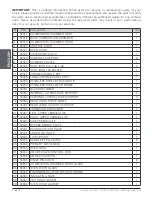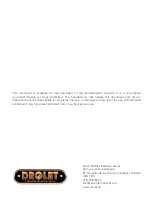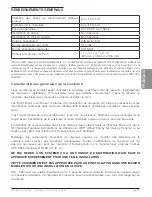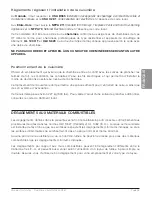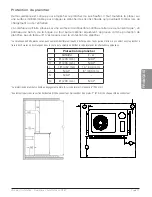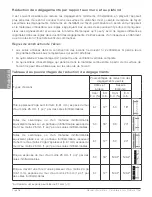
Page 13
Installation manual - Outback Chef Wood Burning Cookstove
ENGLISH
COMBUSTION AIR SUPPLY
When the cookstove and the chimney are completely cold, it may be necessary before starting up, to
provide an external air supply by opening a door or a window for a short period. A house constructed
or renovated in a waterproof manner is prone to not having the air exchange required for the proper
functioning of a wood heating appliance.
In that case, avoid, during startups, to use appliances that evacuate air outside of the house, such as:
• Cooking stove hood
• Bathroom vent
• Air exchange system
• Ventilated central vacuum cleaner
• Dryer
The supply of fresh combustion air can be done in several ways, provided they comply with Chapter
5 of CSA B365.
It is recommended to have an outdoor air inlet installed with a minimum 4" diameter in or near the
room where the heating appliance is installed. To do this, it is better to choose a wall that is not
exposed to the prevailing winds, depending on the surrounding conditions of the house. The air can’t
be coming from a garage or storage room containing combustible materials.
The outdoor air must be routed through a duct no more than 300 mm (12") away from the appliance,
in order not to interfere with its operation. A watertight mechanical valve will close the air inlet when
the cooking stove is not used. Protection against rodents must be installed on external edge.
CHIMNEY CONNECTOR INSTALLATION
The chimney connector is the single or double wall pipe, installed between the cooking stove and the
chimney. The components of the single wall pipe are sold in most hardware or construction supply
stores. These sections usually do not go through testing so as to comply with a precise standard
and are not approved. Consequently, several rules found in the hard-combustible heating appliance
installation codes are applied to the installation of the single wall pipe.
The double wall chimney connectors have gone through testing and are approved. The rules for
double wall pipes are found in the manufacturer’s installation guide. These rules are very different from
those of the single wall pipes.
Single Wall Chimney Connector Installation
The entire chimney connector has been called “the weak link” in the security of the wood heating
system because if the connector is not properly installed, it can provoke a fire.
The best smoke pipe installation goes straight from the cooking stove to the base of the chimney with
no elbow. Straight installation will cause fewer problems such as smoke returns when the door is open
to reload the appliance. They are also more stable and easier to maintain than the installation with
elbows. Avoid as much as possible horizontal smoke pipes sections because they reduce the chimney
draft and are more conducive to creosote accumulation.


